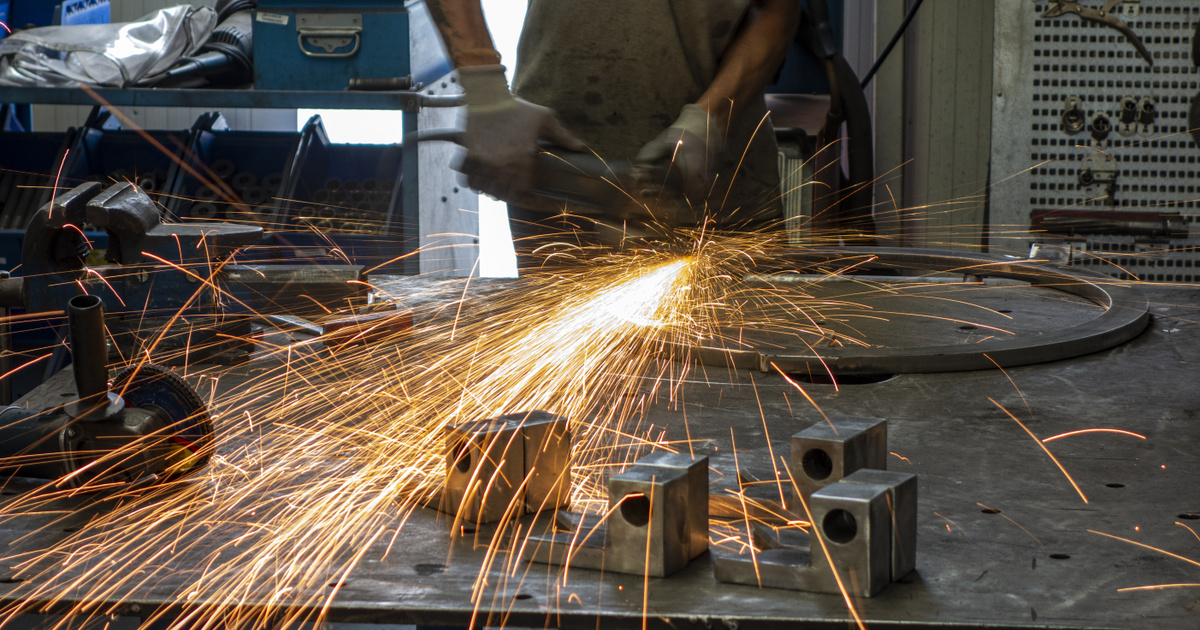Metals are solid and have a high melting point, which makes them great for building electronics, machines, or even furnaces – however, metals can burn when ground into a fine powder (watch the fireworks show if you don’t believe me). Its great advantage is that it does not produce air pollution that warms the climate, that is, carbon dioxide.
Therefore, iron is a clean fuel. Moreover, there is a lot of it as it is one of the most common items on the planet. It has an energy density of 11.3 kWh per liter, which is superior to petrol (8.76 kWh/l), but can be transported safely and easily.
Recyclable charcoal
The test plant will start at the end of June, where a 1 megawatt iron-fired power plant will provide heat for the Swinkels brewery in Eindhoven. The IRON + power plant is being built by the Metal Power Consortium, which consists of three companies, one of whose members is a small company called Metalot, which started from the Eindhoven University of Technology. The consortium has successfully tested a 100-kilowatt system demonstrating the technology’s operation in 2020 – but they’re not alone.
Also starting in Eindhoven, RIFT (Renewable Iron Fuel Technology) provided heating for five apartments with its experimental iron roof. In Canada, Altiro Energy, founded by McGill University researchers, has built a 10-kilowatt power plant — and they’re currently working on a larger version of it.
Burning iron powder produces heat, which can be converted into electricity using a steam turbine. The final product of combustion is rust which can be deoxygenated by proper operation, and then transformed back into iron.
Iron can also be considered a clean, recyclable carbon
Altero science advisor Jeff Bergthorson says.
With support from the European Space Agency and the Canadian Space Agency, Bergthorson published his first scientific article on the use of metals as fuels in 2015.
Hydrogen is the missing link
Burnt iron, i.e. iron oxide, can be converted back into iron with the help of hydrogen. Hydrogen can be produced by splitting water, for example by electrolysis using renewable energy. When hydrogen is burned, it produces water, so it is in itself a promising green fuel, but its main drawback is that it is difficult and expensive to store safely. Thus, iron as a fuel may be more expensive than hydrogen, but if storage and transportation are also taken into account, the situation is reversed.
The problem with iron is that it is not easy to burn. It is more difficult to ignite, burns slower and goes out easier. Altiro, for example, burns with natural gas, and they developed their own technology, which stabilizes the flame and keeps it alive for a long time. Handling the burned iron is also a challenge, as the iron oxide nanoparticles fly around, so some of the fuel is lost.
Dutch specialists developed this technology at this stage: they reduced the emission of nanoparticles by a tenth using a HEPA filter and improved the efficiency of heat release.
The next step is to improve fuel combustion efficiency, said Professor Philippe de Jouy, founder of Metalot and RIFT, as iron powder does not currently burn completely. If this problem is solved, all that remains is to organize the iron powder and hydrogen infrastructure to make them marketable, and who knows, maybe the future belongs to iron-fired power plants.
In those places where surplus energy is produced, iron can be produced, and others can buy it. This would turn renewable energy into a commodity, and one that could be traded globally, without high voltage lines. Minerals solve a big problem in the transition to renewable energy: the problem of long-term storage
Bergthorson pointed out.












































